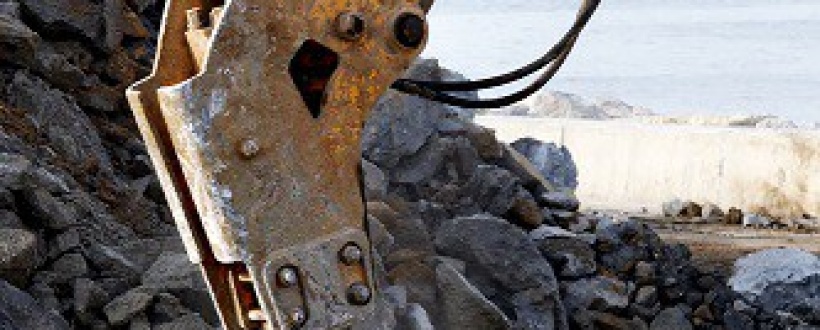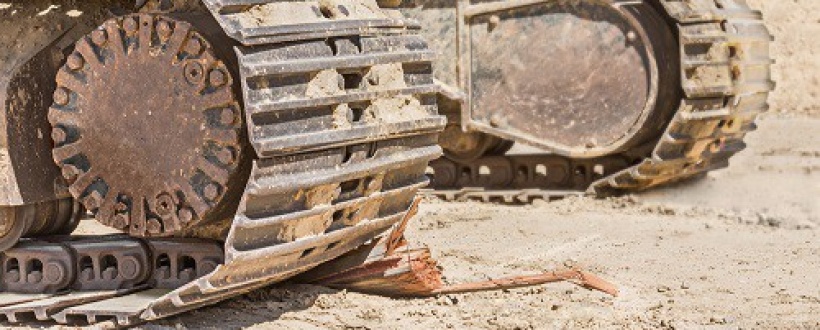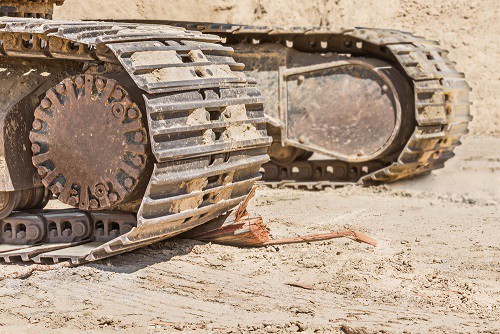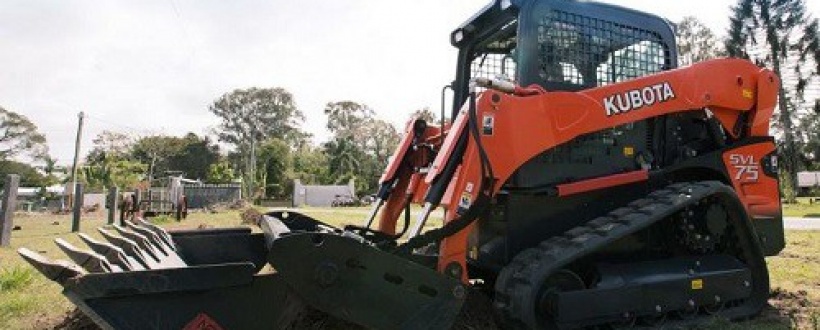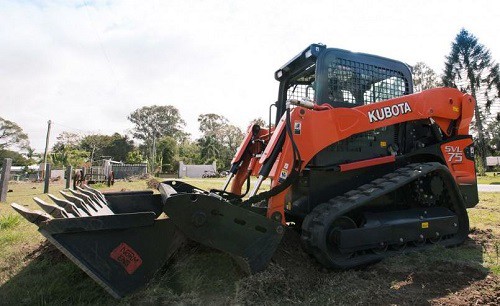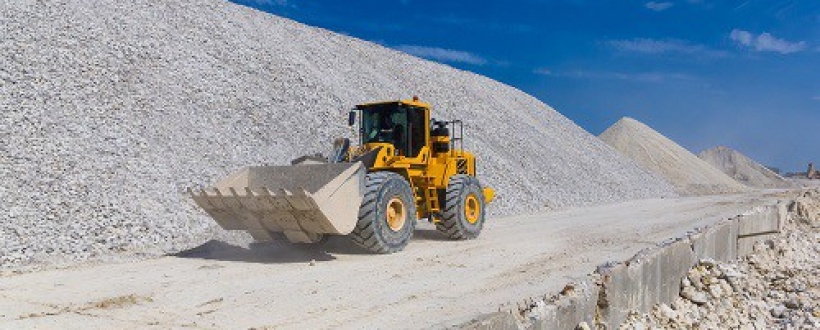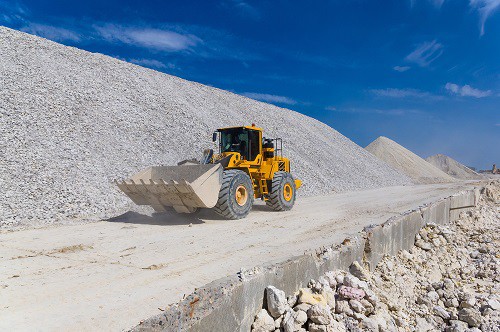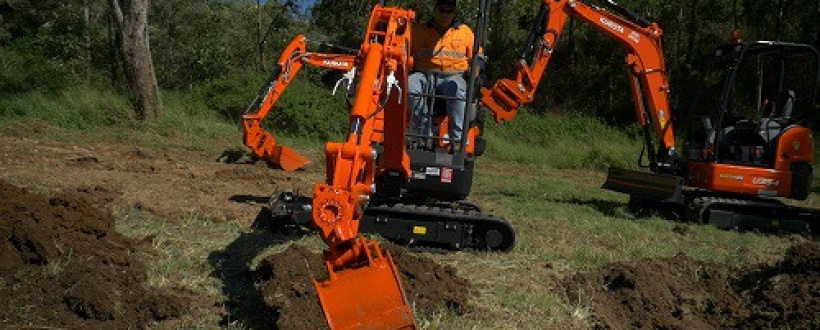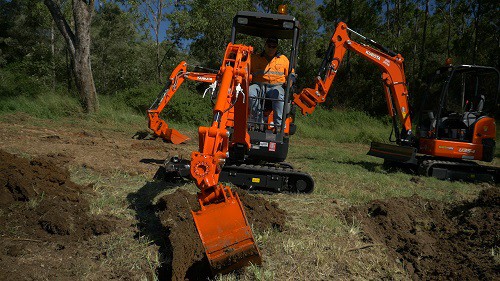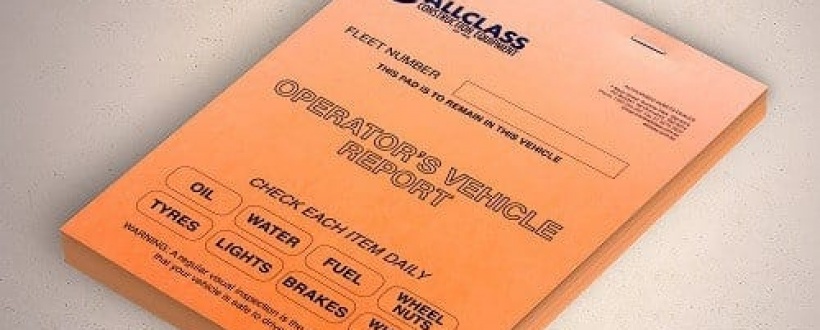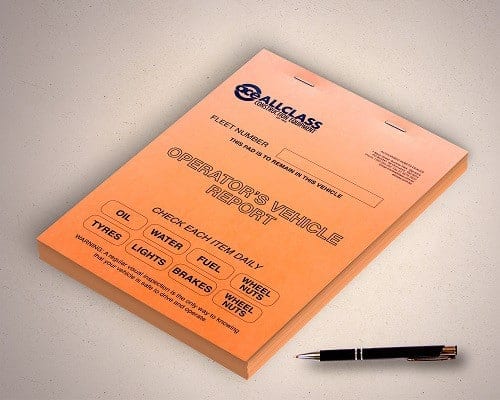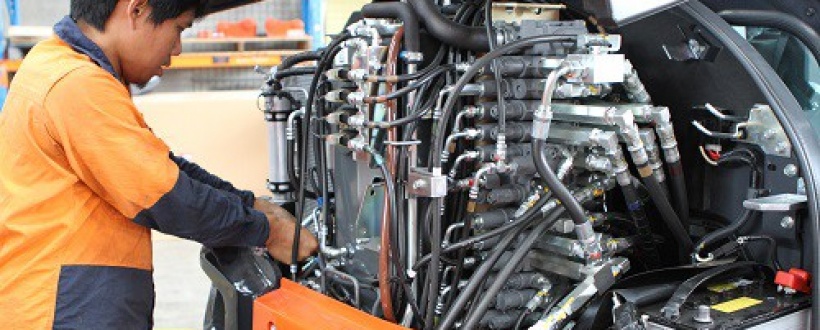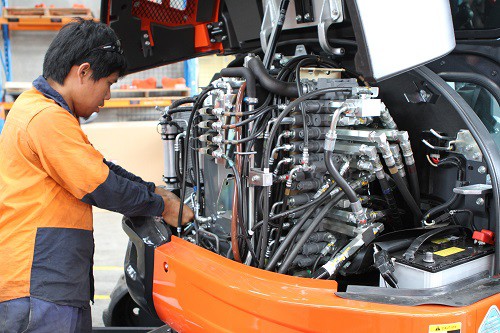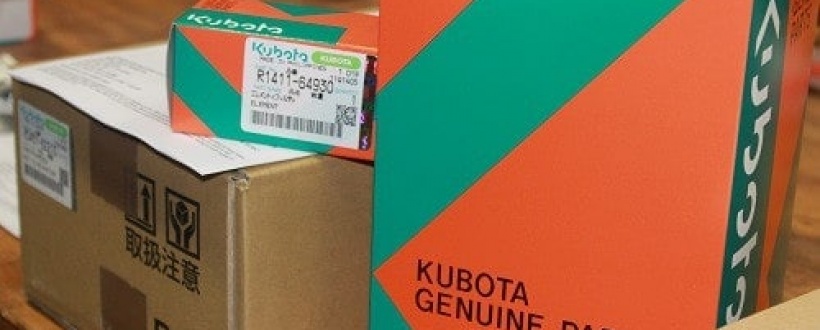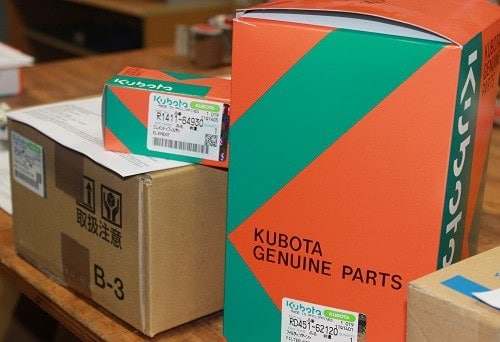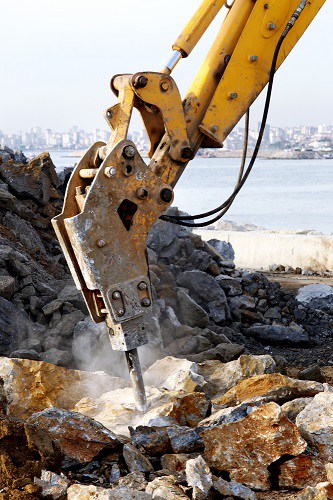
Hydraulic hammers are some of the handiest demolition tools, but improper use can cause them damage or present safety risks. Knowing how to use the tool correctly will keep you safe and help the hydraulic hammer last longer.
Below is a step by step guide on how to properly operate the tool as well as how to care for it.
Guide to Proper Tool Use
- Apply grease liberally on the parts that receive the most stress before use
- Position the tool on the surface and then operate it. Once the material below the tool is demolished, stop the hammer immediately.
- Attack the surface with short strikes between 10 and 20 seconds before removing the hammer and choosing a new angle or position of impact.
- Make sure the tool is striking the surface at a 90-degree angle so the shank, chuck and carrier all act as one unit.
- Do not overuse the motion between the chuck bushing and the tool to prevent damaging the tool or the chuck bushing.
- For larger material, take a gradual approach to breaking it up by working on sections at a time. Start at the edge and then work your way to the centre.
When your hammer heats up, let it rest for a short period of time. This will let it cool off and prevent damage. If the tip gets dull, recondition it with lathing, milling or planing. Do not lift, pry or pick up material with the hammer and never operate it underwater.
Common Causes of Tool Breakage
Hydraulic hammers are durable, well-constructed tools. If they break, it generally means the tool has been subjected to a lot of bending or some other mistreatment that has weakened it. Anything that interferes with the flow of compressive and tensile action will apply a lot of stress to the tool and shorten its lifespan.
Common causes of tool breakage include:
- External forces – Anything that causes side force to be applied to the hammer should be avoided. This includes using the tool to pry, working at an incorrect angle (other than 90 degrees), or attempting to break ground using the pull of the machine. The hydraulic power in the carrier far exceeds the strength of the tool itself.
- Blank-firing – This happens where the hammer piston strikes the top of the tool but the working end of the hammer isn’t in contact with the material you’re trying to break. This could be because the tool slid off the work or broke through it before you switched it off.
- Mechanical damage – General mistreatment or damage directly caused to the hammer such as scratches, gouges, bending or weld marks can cause the tool to fail.
- Cold – Low temperatures can increase the chance of tool failures. Your hammer should be warmed up by breaking light or moderate materials before excessive use or attempting to break through large materials.
- Poor lubrication – Ensure the tool shank is well lubricated before inserting it into the tool holder. Metal to metal contact can cause deep damage marks, cracks and eventual failure of the tool. Grease should generally be applied every two hours but you should check the operator’s manual for the specific tool you have.
- Corrosion – Keep tools well greased and sheltered from the weather when not in use to prevent parts from going rusty.
Brisbane’s Home of Quality Construction Equipment
If you need a hydraulic hammer or other construction machinery in Brisbane, get in touch with the team at Allclass Construction Equipment. We stock all sizes of the famous Toku brand hydraulic hammers, from 0.8 to 80 tonnes. These hammers are adaptable for excavators, backhoes and skid steers.
For new or used construction equipment, call us on 1300 255 252 or contact us online.
